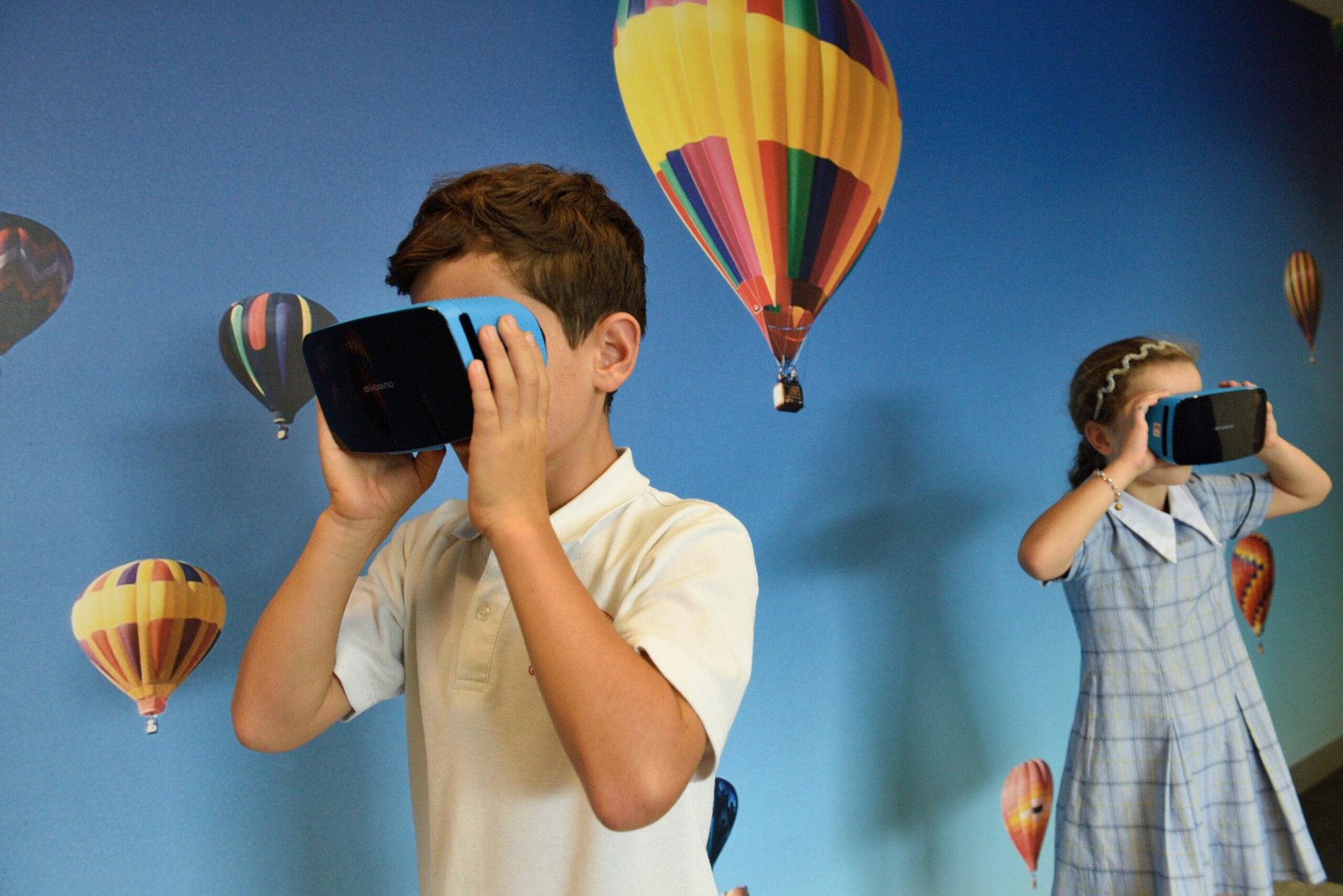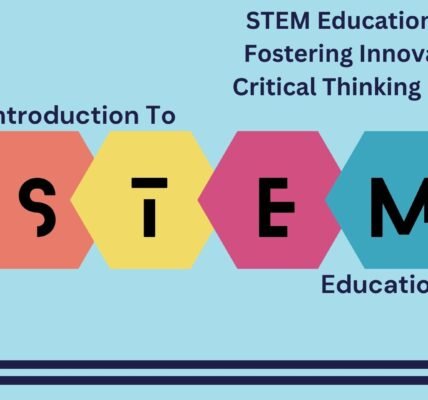Virtual reality in education is changing the way students learn. It brings immersive experiences into classrooms, making lessons more engaging and interactive. From exploring ancient civilizations to conducting science experiments in a virtual lab, virtual reality offers endless possibilities. This revolutionary technology is shaping the future of education, and the benefits are clear. Let’s dive into how virtual reality is transforming education and the impact it has on students and teachers.
1. What is Virtual Reality in Education?
Virtual reality in education refers to the use of VR technology to create interactive learning environments. With a VR headset, students can enter a digital world where they can explore, interact, and learn in a new way. This immersive experience allows students to step into historical events, visit distant planets, or dive into complex science simulations, all from their classroom.
Unlike traditional learning, where students rely on textbooks or videos, virtual reality makes lessons come to life. It engages multiple senses, offering a hands-on approach that helps students retain information better. Virtual reality in education is more than just a tool; it’s a game-changer for modern learning.
2. How Virtual Reality is Transforming Education
The impact of virtual reality in education is profound. It transforms learning by creating experiences that were once impossible. Here are some key ways VR is changing education:
a. Immersive Learning Experiences
Virtual reality creates immersive learning environments where students can interact with content in 3D. Instead of reading about the solar system, students can visit planets and stars in a virtual space. History lessons are no longer confined to textbooks. Students can walk through ancient Rome or witness historic events firsthand.
These immersive experiences make learning more engaging. Students are not passive listeners. They become active participants in their education, which enhances their understanding and retention of the material.
b. Hands-On Learning in Virtual Labs
Science education benefits greatly from virtual reality. Many schools lack the resources for advanced science labs. Virtual reality fills this gap by offering virtual labs where students can conduct experiments. They can dissect a frog, mix chemicals, or explore the human body without physical materials.
In these virtual labs, students can make mistakes without consequences. This freedom to explore encourages curiosity and experimentation. It also helps students build confidence in their problem-solving skills.
c. Virtual Field Trips
Field trips can be expensive and limited to local sites. Virtual reality in education opens the door to endless virtual field trips. Students can visit famous landmarks, museums, and natural wonders around the world. They can explore the Great Wall of China, dive into the Great Barrier Reef, or even take a trip to outer space.
These virtual field trips provide students with a global perspective. They can experience different cultures and environments, which broadens their understanding of the world.
d. Enhanced Collaboration
Virtual reality in education also enhances collaboration among students. In a virtual environment, students can work together on projects, solve problems, or complete challenges. They can communicate and interact with each other as if they were in the same room, even if they are miles apart.
This collaborative aspect of virtual reality encourages teamwork and social skills. It also prepares students for the modern workplace, where virtual collaboration is becoming more common.
e. Personalized Learning
Virtual reality allows for personalized learning experiences. Students can progress at their own pace, revisiting lessons as needed or advancing quickly through topics they master. This flexibility ensures that all students, regardless of their learning speed, get the most out of their education.
Teachers can also tailor VR experiences to meet individual students’ needs. Whether a student struggles with a specific subject or needs more advanced material, virtual reality offers customized learning paths.
3. The Benefits of Virtual Reality in Education
The benefits of virtual reality in education are numerous. Here are some of the top advantages of incorporating VR into the classroom:
- Engagement: Virtual reality captivates students’ attention. It keeps them engaged in learning, which leads to better retention and understanding.
- Interactive Learning: Students can interact with content in ways that are impossible in traditional learning environments. They can manipulate objects, explore environments, and engage with the material on a deeper level.
- Safe Learning Environment: In a virtual world, students can experiment and explore without fear of failure. This encourages creativity and critical thinking.
- Global Access: Virtual reality provides access to experiences and places that students might never visit in real life. It expands their horizons and gives them a global perspective.
- Cost-Effective: Virtual reality can save schools money on physical materials and field trips. A VR headset and software can replace expensive lab equipment or frequent field trips.
4. Challenges of Implementing Virtual Reality in Education
Despite its many benefits, there are some challenges to implementing virtual reality in education. These include:
a. Cost of VR Equipment
Virtual reality headsets and software can be expensive for schools, especially those with limited budgets. While prices are gradually decreasing, the initial investment can still be a barrier.
b. Teacher Training
For virtual reality to be effective, teachers need proper training. They must learn how to use VR technology and integrate it into their lessons. Some educators may feel intimidated by the technology, which could slow down its adoption.
c. Limited Content Availability
Although virtual reality in education is growing, there is still a limited amount of high-quality educational content. Developing VR lessons takes time and resources. As more educators and developers create VR content, this issue will improve.
d. Potential Distraction
While virtual reality is engaging, it can also become a distraction if not managed properly. Students may become too focused on the novelty of the technology and lose sight of the educational objectives.
5. The Future of Virtual Reality in Education
The future of virtual reality in education is promising. As technology advances, VR will become more affordable and accessible to schools. More educational content will be developed, covering a wider range of subjects and grade levels. Teachers will receive better training, making them more comfortable with integrating VR into their classrooms.
Virtual reality in education has the potential to bridge gaps in access to resources, particularly in underserved communities. It can provide high-quality educational experiences to students who may not have access to advanced labs or field trips.
As VR continues to evolve, it will become a central part of modern education, preparing students for the challenges and opportunities of the future.
Conclusion
Virtual reality in education is transforming the way students learn. It offers immersive, interactive, and personalized experiences that engage students in new ways. From virtual field trips to hands-on science experiments, the possibilities of VR in education are endless. While there are challenges to its implementation, the benefits far outweigh them.
As schools embrace virtual reality, they are shaping a future where learning is more dynamic, inclusive, and exciting. Virtual reality in education is not just a tool; it’s a revolution that will continue.





